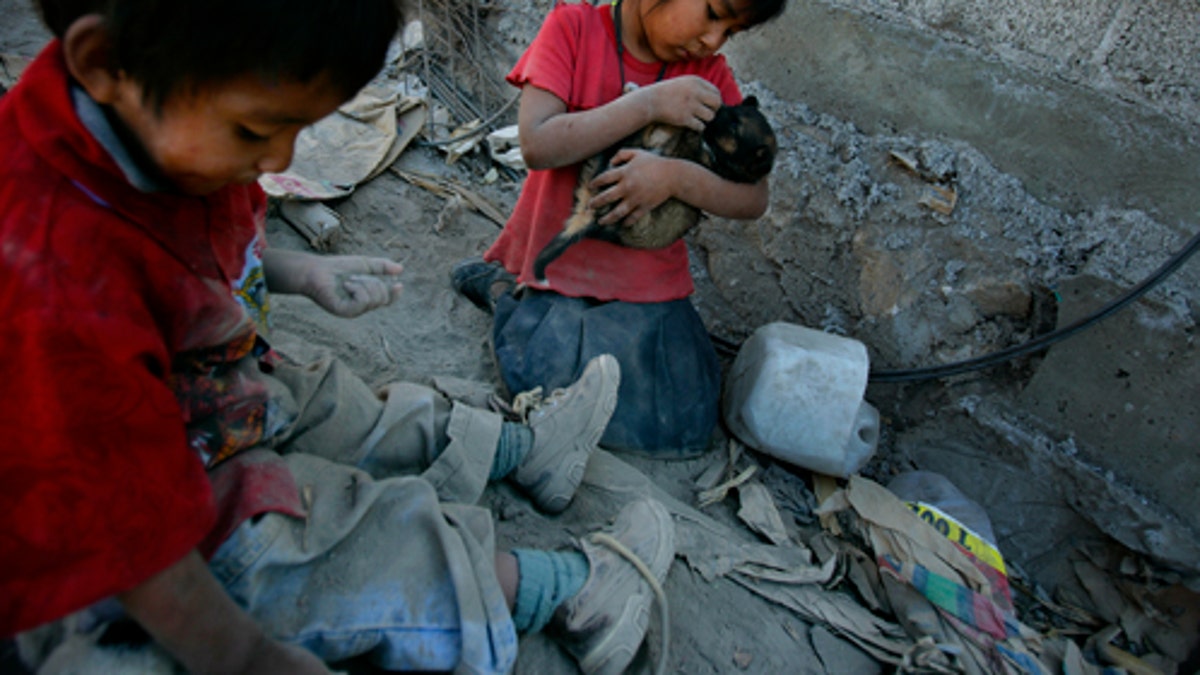
(Photo by Brent Stirton/Getty Images.) (2006 Getty Images)
Poverty in Latin America has dropped overall 17 percentage points in the last 20 years with two major exceptions, according to the United Nations regional economic body.
From 1990 to 2010 the poverty rate fell from 48.4 percent to 31.4percent, meaning that roughly 177 million people now live in poverty in the region. However, Honduras and Mexico trended the opposite way with poverty rates rising 1.7 percent and 1.5 percent respectively, according to the UN’s Economic Commission for Latin America and the Caribbean (ECLAC).
In regards to Mexico, the comparison was made with the poverty rate for 2008 so the figure does not only reflect the economic growth in Mexico in 2010, but also the major GDP per capita contractions in 2009, a press release from ECLAC stated.
"Poverty and inequality continue to decline in the region, which is good news, particularly in the midst of an international economic crisis” said Alicia Bárcena, the executive secretary of ECLAC. “However, this progress is threatened by the yawning gaps in the productive structure in the region and by the labor markets which generate employment in low-productivity sectors, without social protection.”
During the presentation of the study, entitled Social Panorama of Latin America 2011, Bárcena said Tuesday that the poverty level in Latin America will drop to 30.4 percent in 2011, while the indigence rate will increase slightly to 12.8 percent due in part to the rise in food prices that would counteract the predicted rise in household incomes.
Five countries in Latin America made significant improvements in reducing poverty rates; Peru, Ecuador, Argentina, Uruguay and Colombia. All saw drops of between 1.4 to 3.5 points in their poverty rates, according to the report.
The reports positive notes were underlined by a warning that there was still a great deal of disparity between socio-economic groups and little room for meaningful advancement in terms of income.
“Poverty and inequality are decreasing in the region; the main reasons are, first, rising labor income and, second, increasing public transfers to the most vulnerable sectors,” the report stated. “But the productive gaps are still rigid, and there is still little mobility for specific groups in low-productivity sectors (especially women in lower-income socioeconomic groups) whose income has not increased.”
ECLAC's report also included for the first time a chapter devoted to the Caribbean, which noted that the major risks in that region are high unemployment and HIV rates among young people. The HIV rate, equating to 1 percent of the total population, is the second-highest in the world, surpassed only by sub-Saharan Africa.
Follow Andrew O'Reilly on Twitter: @aoreilly84
Follow us on twitter.com/foxnewslatino
Like us at facebook.com/foxnewslatino
